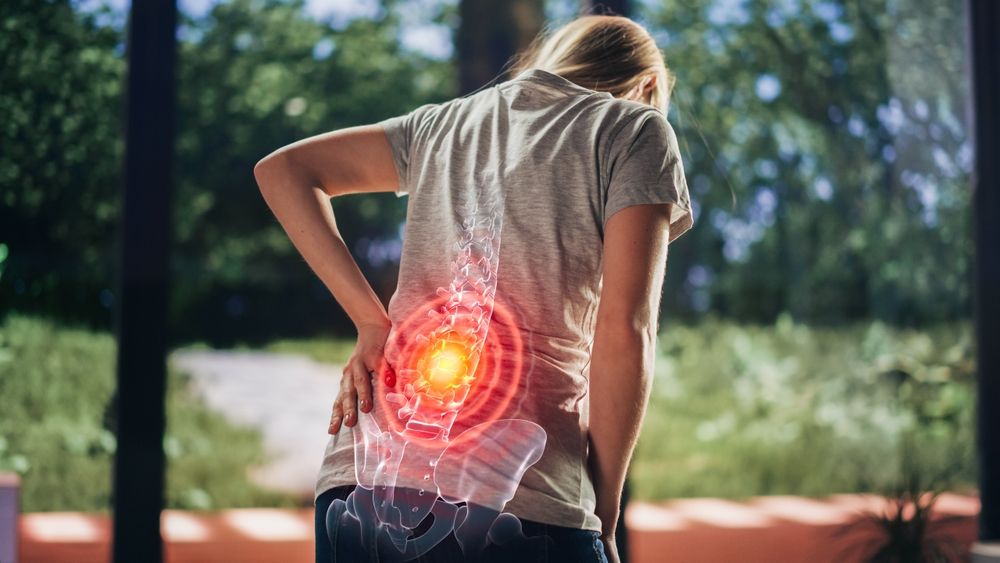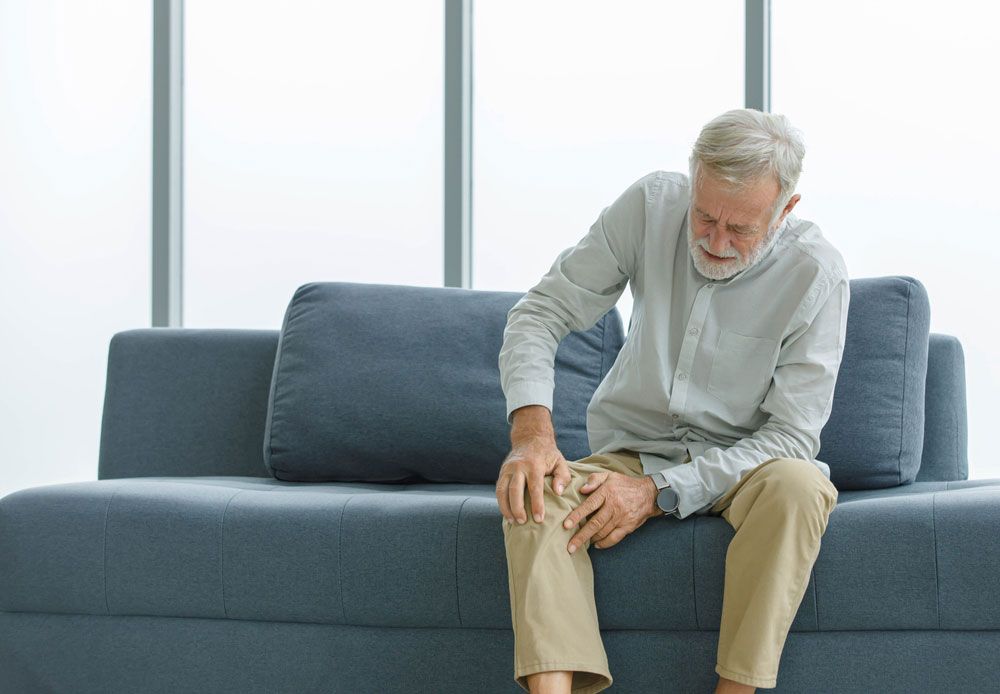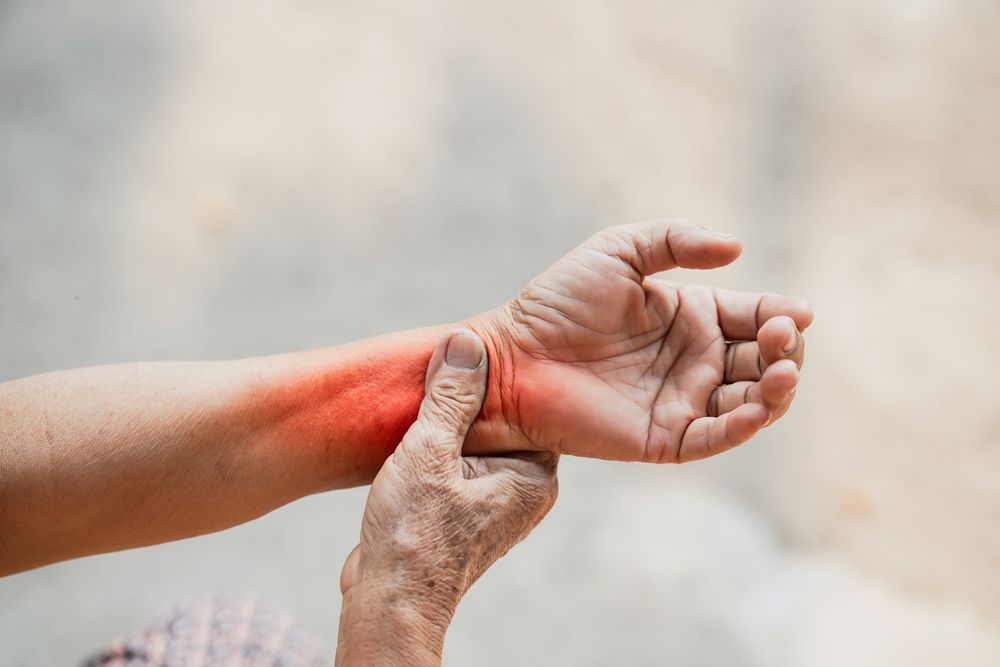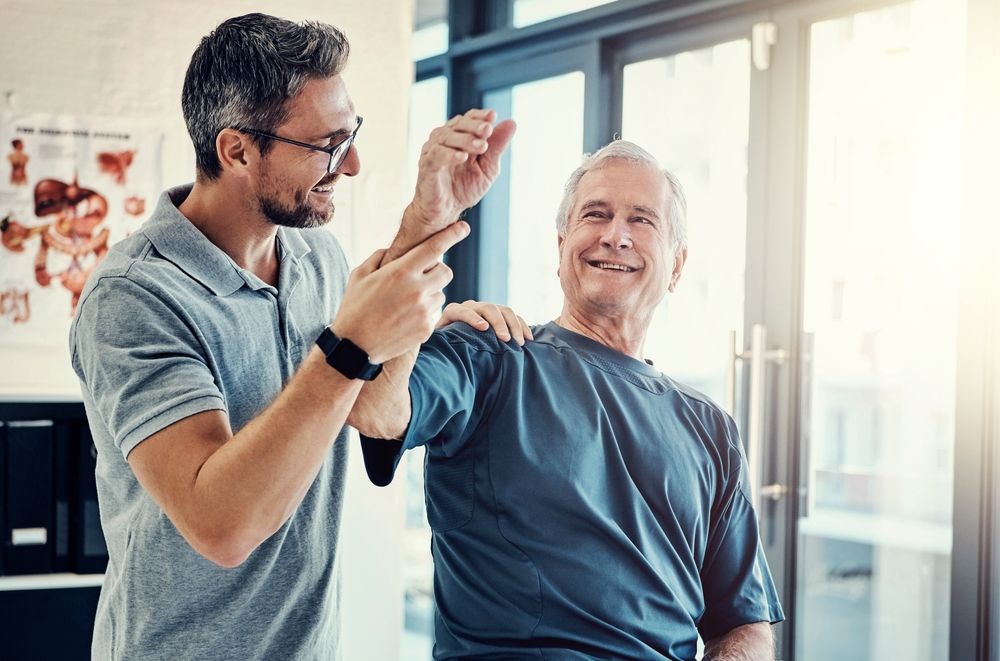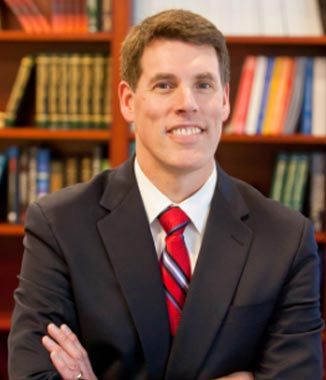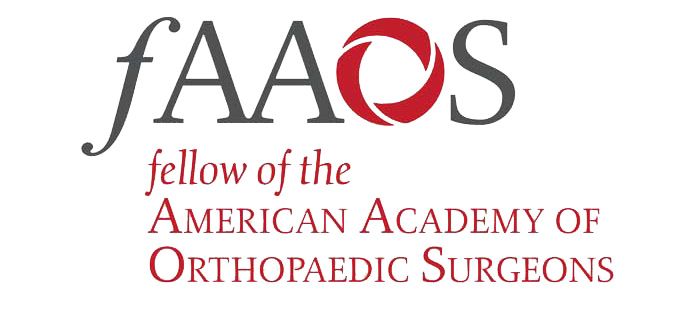Back pain is one of the most common medical complaints, affecting millions of people worldwide. It can range from mild discomfort to severe pain that interferes with daily activities. Often caused by spinal issues, back pain can be complex, involving various structures such as muscles, nerves, and bones. At Dearborn & Associates Institute for Joint Restoration, Dr. John Dearborn provides comprehensive care for back pain and spinal problems, helping patients in Fremont and Menlo Park, CA, find relief and restore their quality of life.
In this blog, we will explore common causes of back pain, the types of spinal issues that contribute to discomfort, and the advanced treatment options available at Dearborn & Associates.
Common Causes of Back Pain
Back pain can arise from various factors, including injuries, degenerative conditions, and lifestyle choices. Understanding the root cause is essential for effective treatment. Below are some of the most frequent causes of back pain:
- Muscle Strain
One of the most common causes of back pain is muscle strain, which can occur due to heavy lifting, poor posture, or sudden movements. Muscle strains can cause sharp pain and stiffness, making it difficult to move or stand up straight. - Herniated Discs
The spine is made up of vertebrae separated by discs that act as cushions, absorbing shock and allowing flexibility. When one of these discs ruptures or herniates, its soft inner material can press against nearby nerves, causing intense pain. Herniated discs are particularly common in the lower back (lumbar spine) but can also occur in the neck (cervical spine). - Degenerative Disc Disease
As we age, the spinal discs naturally wear down. Degenerative disc disease (DDD) occurs when these discs lose their ability to cushion the vertebrae, leading to pain, stiffness, and reduced mobility. While it’s a natural part of aging, some individuals experience more severe symptoms than others, particularly if the disc degeneration affects nerve function. - Spinal Stenosis
Spinal stenosis is the narrowing of the spaces within the spine, which can put pressure on the nerves. This condition often results in pain, numbness, or tingling, particularly in the legs. Spinal stenosis commonly affects older adults and is typically caused by osteoarthritis or degenerative changes in the spine. - Scoliosis
Scoliosis is a condition where the spine curves abnormally to the side. While many people with scoliosis experience little or no pain, severe curvature can lead to back pain, difficulty breathing, and fatigue. Scoliosis can be present from childhood or develop later in life due to spinal degeneration. - Sciatica
Sciatica refers to pain that radiates along the path of the sciatic nerve, which runs from the lower back down through the hips and legs. It’s often caused by compression of the nerve, such as from a herniated disc or spinal stenosis. Sciatica can cause sharp, shooting pain, numbness, or tingling in the lower body.
Diagnosing Back and Spinal Issues
At Dearborn & Associates, diagnosing the specific cause of back pain is a critical first step in developing an effective treatment plan. Dr. John Dearborn utilizes a combination of physical examinations, imaging studies (such as X-rays, MRI, or CT scans), and patient history to identify the underlying issue. Accurate diagnosis ensures that patients receive targeted treatment, whether they’re dealing with a minor strain or a more complex spinal condition.
Advanced Solutions for Back Pain and Spinal Issues
Treatment for back pain varies depending on the severity and cause of the problem. At Dearborn & Associates Institute for Joint Restoration, Dr. Dearborn and his team offer a range of non-surgical and surgical options tailored to each patient’s needs.
- Physical Therapy
Physical therapy is often recommended for individuals with back pain, especially those recovering from injury or dealing with chronic conditions like degenerative disc disease. Through targeted exercises, patients can strengthen the muscles that support the spine, improve flexibility, and reduce pain. In addition, physical therapy helps patients improve posture and body mechanics to prevent further injury. - Medication and Injections
Nonsteroidal anti-inflammatory drugs (NSAIDs) and muscle relaxants are commonly used to manage back pain. For more severe cases, corticosteroid injections may be administered to reduce inflammation and provide temporary relief. These injections are often used for conditions like herniated discs or spinal stenosis when inflammation is compressing the nerves. - Spinal Decompression Therapy
Spinal decompression therapy is a non-invasive treatment designed to relieve pressure on the spinal discs. It involves gently stretching the spine using a specialized traction table, which creates negative pressure in the discs, allowing them to retract and take pressure off nerves. This therapy can be highly effective for conditions such as herniated discs or sciatica. - Minimally Invasive Spine Surgery
When conservative treatments fail to provide relief, surgical intervention may be necessary. At Dearborn & Associates, Dr. Dearborn specializes in minimally invasive spine surgery, which uses smaller incisions to reduce tissue damage and speed up recovery. Procedures such as microdiscectomy (to remove a portion of a herniated disc) or laminectomy (to relieve spinal stenosis) are performed using advanced techniques to minimize pain and recovery time. - Spinal Fusion
Spinal fusion is a surgical procedure used to treat conditions like degenerative disc disease or scoliosis. During the surgery, two or more vertebrae are permanently joined (fused) together to stabilize the spine. This can reduce pain and prevent further damage to the spinal column, though it may limit flexibility in the affected area. - Disc Replacement Surgery
For patients with severe disc degeneration, disc replacement surgery offers an alternative to spinal fusion. In this procedure, the damaged disc is removed and replaced with an artificial one, allowing for continued movement in the spine. This procedure can provide significant pain relief while maintaining spinal mobility.
Preventing Back Pain and Promoting Spine Health
While some spinal conditions are unavoidable, there are steps individuals can take to reduce their risk of back pain and maintain a healthy spine. Regular exercise, including core strengthening and stretching, can help support the spine and improve posture. It’s also important to practice proper lifting techniques, avoid sitting for long periods, and maintain a healthy weight to reduce stress on the spine.
For individuals who have experienced back pain in the past, early intervention is key to preventing recurring problems. At the first sign of discomfort, seeking medical advice can help address the issue before it becomes more serious.
A Healthier Spine for a Pain-Free Life
At Dearborn & Associates Institute for Joint Restoration, Dr. John Dearborn offers expert care for patients suffering from back pain and spinal issues. Whether you’re dealing with a herniated disc, spinal stenosis, or muscle strain, Dr. Dearborn and his team provide personalized treatment plans to help you regain mobility and live pain-free. With locations in Fremont and Menlo Park, CA, you can trust that you’re receiving the best in spinal care, tailored to your unique needs.
If you’re experiencing back pain, don’t wait for it to worsen—contact Dearborn & Associates today to learn more about your treatment options and take the first step toward a healthier spine.
Sources:
Bogduk, N., & McGuirk, B. (2002). Medical Management of Acute and Chronic Low Back Pain. Pain Research and Management.
Deyo, R. A., & Weinstein, J. N. (2001). Low Back Pain. New England Journal of Medicine.
Jensen, M. C., & Brant-Zawadzki, M. N. (1994). Magnetic Resonance Imaging of the Lumbar Spine in People Without Back Pain. New England Journal of Medicine.

